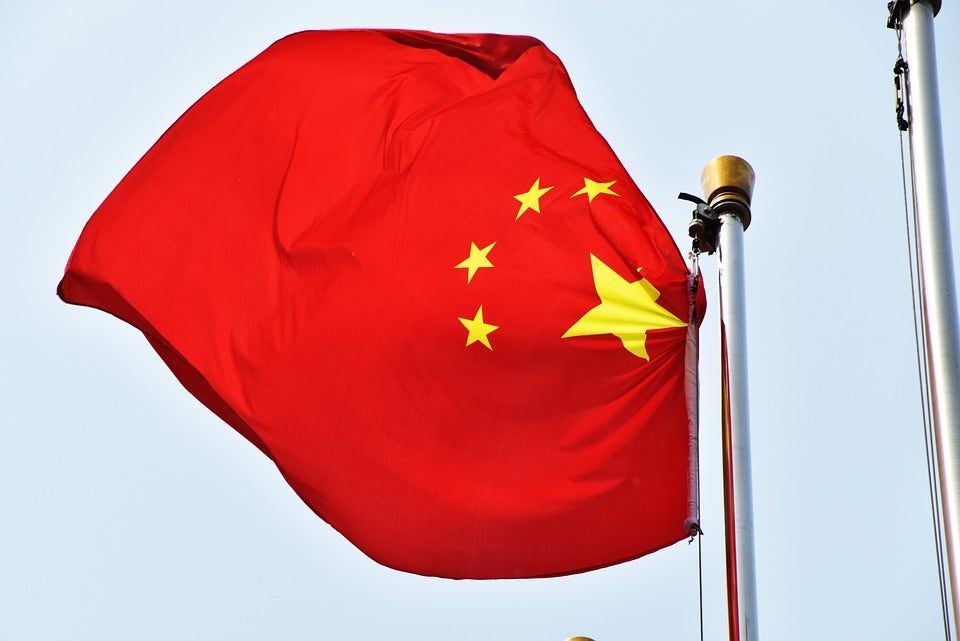Updated on: October 17, 2024 4:58 am GMT
China’s ambitious plans to revive its struggling economy encountered a harsh reality this week as investors reacted negatively to government measures. The announcement of a 200 billion yuan ($28 billion) stimulus aimed at local investment fell markedly short of expectations, leading to dramatic sell-offs in the stock market, particularly among major tech companies.
The Stimulus Announcement
On Tuesday, China’s National Development and Reform Commission (NDRC) unveiled a plan to inject 200 billion yuan into the economy as part of efforts to stimulate local investment projects. This announcement coincided with increasing concerns about the country’s economic health and its ability to meet a 5% growth target set earlier in March.
Zheng Shanjie, the chairman of the NDRC, expressed confidence in achieving annual economic goals despite the current challenges. He stated, “We are confident in achieving the annual economic and social development goals and tasks, and in maintaining sustained, stable and healthy economic and social development,” according to a report from CNN.
However, skepticism among investors became apparent as they reacted to troubling economic indicators and the perceived insufficiency of the stimulus package. The backdrop includes a property market crisis, faltering consumer spending, and a worrying rate of youth unemployment.
Market Reaction
The immediate aftermath of the announcement was stark. Investors rushed to sell off shares, particularly in the technology sector. Major Chinese tech firms experienced steep declines:
- Alibaba saw its stock plummet by over 8%
- Tencent’s shares fell more than 8%
- JD.com and Baidu followed suit, each declining by over 8%
On the mainland, the CSI 300 index had initially surged over 10% at the market opening after the Golden Week holiday. However, that optimism faded throughout the day, resulting in a modest close of just 5.93% higher at 4,256.1 points. In Hong Kong, the Hang Seng Index faced an even steeper decline, plummeting by as much as 10% before settling with a 9% loss by the day’s end.
The Broader Economic Context
This week’s market fluctuations are not isolated incidents, but rather part of a larger narrative of economic uncertainty in China. Recent data has raised alarm bells over the country’s ability to rebound from ongoing challenges. To address these issues, the Chinese government has implemented several measures aimed at revitalizing the economy:
- The People’s Bank of China has cut key interest rates.
- Regulatory requirements on cash reserves for banks were also reduced.
- Direct cash handouts have been initiated for low-income residents.
- Subsidies were introduced for recent graduates struggling to secure employment.
These efforts underscore the government’s recognition of the formidable obstacles facing the Chinese economy, and the urgency to stimulate growth.
What’s Next for China’s Economy?
As the Chinese government grapples with structural economic issues, the effectiveness of the latest stimulus measures remains to be seen. Many experts question whether a $28 billion package is sufficient to reverse the widespread downturn.
“With the property sector in crisis and consumer sentiment low, the stimulus may need to be significantly larger to reinvigorate growth,” said a financial analyst who wished to remain anonymous. “Investors are likely to remain cautious until they see tangible results from these policies.”
The impending decisions from monetary authorities, including the Reserve Bank of New Zealand and others in the region, will be closely monitored by global investors for signs of broader economic trends.
Conclusion
China’s latest stimulus announcement illustrates the complexities of navigating an uneven economic landscape. While the government aims to reassure the public and investors, the sharp market response reveals a deep-seated skepticism. As the Chinese economy contends with mounting pressures on several fronts, the path to recovery may still prove to be a long and challenging journey.
We really need to make important changes and put our plans into action. Both investors and everyday people will be paying close attention to see what happens in the next few weeks.
